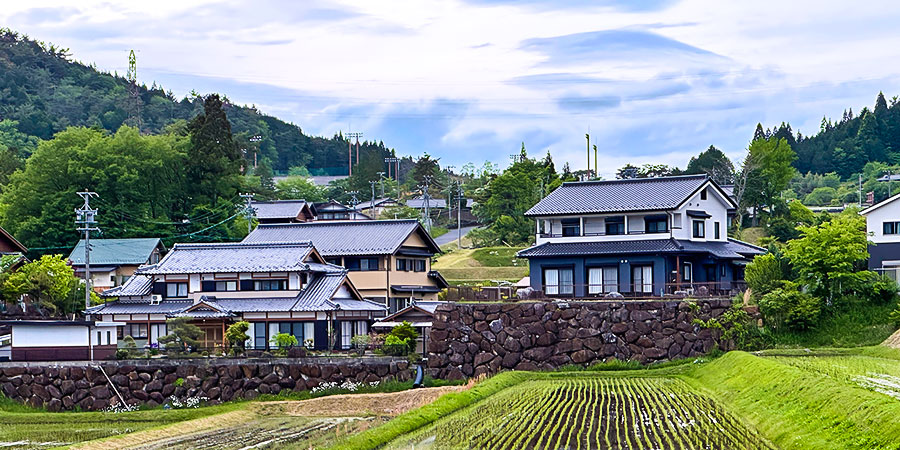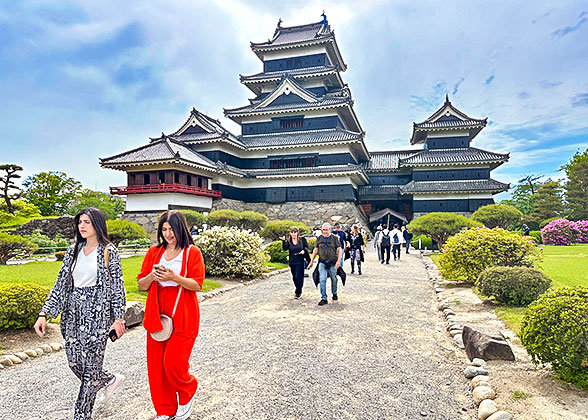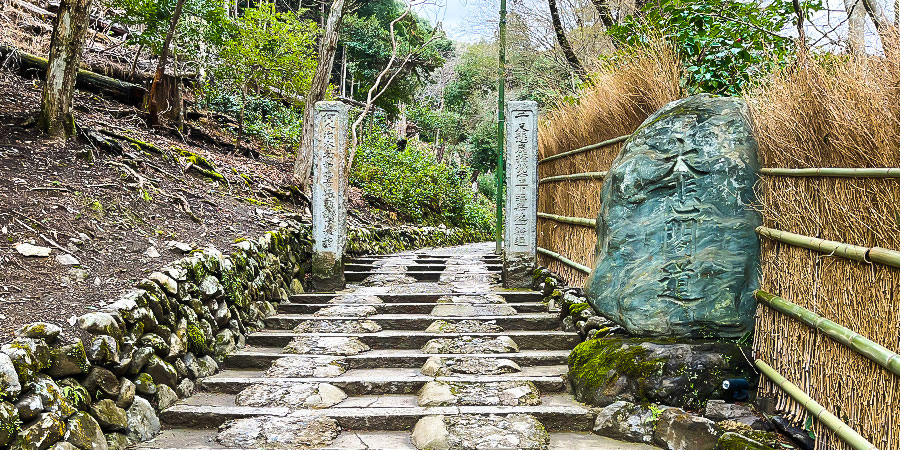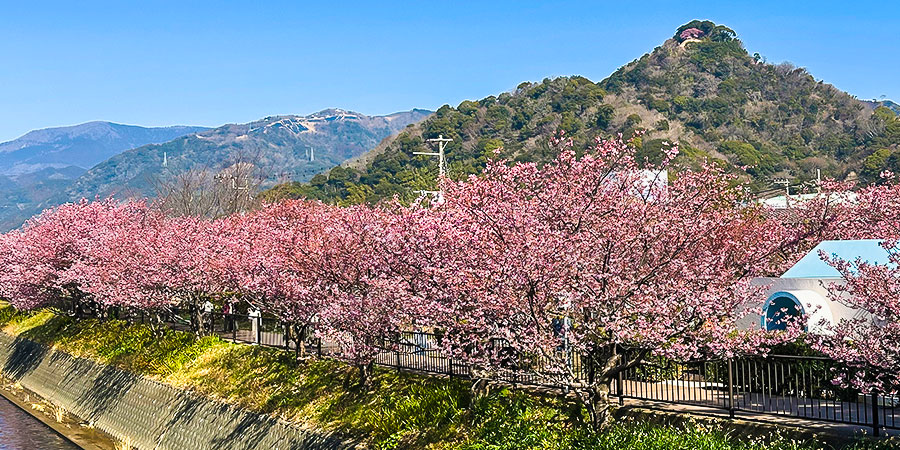Nakasendo Way: An Ultimate Guide on the Historical Postal Route
Nakasendo Way, literally the trail through the mountains in Japanese, connected Edo (Tokyo today) and Kyoto via the Kiso Valley in mountains. In the Edo Age (1603-1868 AD), these were the most important two cities around Japan, and Nakasendo Way became one of five major roads in that period. It played a role as the postal trail to deliver messages as well as a convenient way for people to shuttle between the two regions. The 69 post towns along the way were bustling, while some are still flourishing to provide a resting place for travelers and hikers, together with a retro image of Edo Age.

Nakasendo Way
|
Basic Information of Nakasendo Way:
Note:
The whole course of Nakasendo Way is quite long, and some sections have been abandoned. For beginners, the developed sections are easy at a lower difficulty, with quite many facilities of transportation, communications, power supplies, and houses, etc.

A Glance of Magome Post Town
|
Highlights – What to Expect
69 Post Towns – the Stations for Rest & Accommodation
There are 69 post towns in total on Nakasendo Way. These were the rest stations for travelers, merchants, samurai, and monks strolling around the country, apart from each other every 7-10 kilometers (4.3-6.2 miles). The old post towns are well-preserved in Edo style, showing you what Nakasendo Way was like in that age. Nowadays, the post towns provide accommodation and more services for travelers, becoming the places to rest, get supplies, and sleep at night. There are usually convenience stores, shops of local specialties, inns or homestays, and other sites to visit probably.Narai, or called Narai-juku, was the most thriving post town on Nakasendo Way. At the retro atmosphere, hikers can explore the small town with old local house with courtyard survived from the early 19th century, restaurants of well-known soba noodles, stores of local sakes and souvenirs, old temple and shrine, etc.
Tsumago is regarded as one of the best-preserved ancient towns in Japan. In addition to the landscapes & retro vibe, the history museum and a pair of waterfalls nearby are also sightworthy.
Magome is the last post town at the southernmost end of Kiso Valley. It is also a natural open-air museum of ancient Japan in Edo Age. It is feasible to overlook the town on mountain top, and take a stroll on the cobble street with dazzling stores.

Post Town on Nakasendo Way
|
Best Part of Nakasendo Way
Kiso Valley, the section along the Kiso River, is the best part of Nakasendo Way. This is also the most developed and the most popular section for hiking. As it goes through Kiso Valley, it was named as Kisokaido before the name Nakasendo Way was given in Edo Period. Also, it has been called Kisoji at local. The section is located north from Niekawa in Nagano Prefecture and south to Magome in Gifu Prefecture, in an approximate length of 70 kilometers (43.5 miles).In particular, the southernmost section of Kisoji, between Tsumago and Magome, is the part appealing to most visitors and hikers. It’s easier to go from Magome to Tsumago, as the upslope journey is much less than the downslope trips.
Best Time for Hiking on Nakasendo Way
March to May & October to November are the best time to hike Nakasendo Way, as the spring and autumn climate is pleasant. Meanwhile, you would have an opportunity to see cherry blossoms in the end of March and early April, or appreciate fall foliage in early November.

Nakesendo Trail in Woods with Bear Bell
|
Is The Trail of Nakasendo Way Difficult?
It is not difficult to hike on Nakasendo Way. Although some parts of the trail have been run-down and wild, it’s relatively easier to walk in general. Regardless of the steps or unsurfaced trail, they are not too rough to pass through. Moreover, the personal safety is not a problem in Japan, and many guideposts are erected densely, making travelers easy to find their road. All things are friendly to hiking beginners.However, the problem is, Nakasendo Way is very long, which would make hikers weary to finish the entire course. You’d better make a complete plan before your hiking.
Will You Meet A Bear On the Way?

Warning Board for Bear
|
Are There Toilets on Nakasendo Way?
There are toilets along the Nakasendo Way, especially at an attraction, tourist information center, or homestays and more sites at the post towns. Generally, it is much easier to get a toilet at the post towns.But, the toilets in the countryside and mountains might be not as good as those in cities. There is not always a flush toilet on the way, please get ready for it when you start your hiking journey.
How Many Days Do You Need on Nakasendo Way?

Guidepost on Nakasendo Trail
|
See more Tips on Hiking Nakasendo Way – All Things to Know for Hikers
Transportation

Ryokan at the Post Town
|
Other JR trains may also get to one or more post towns, but it would be relatively slower, especially the local trains.
Nakatsugawa is a crucial train station as well as post town, as Magome, a common starting point of hiking, can be reached by bus from Nakatsugawa.
Read More:





